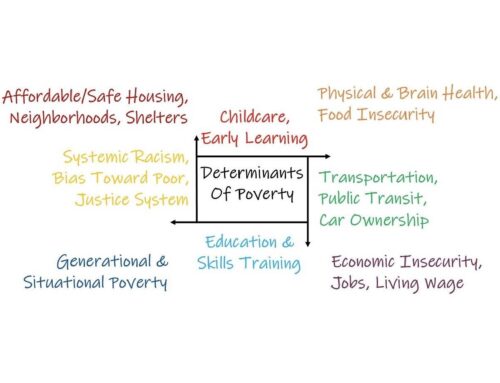 Hidden rules, as defined by author and speaker Ruby Payne, are the unspoken rules of a group. Once you know what a hidden rule is, you see them all around you. There are hidden rules on an airplane, being that you don’t exit the plane until the rows in front of you have. I attended my first Catholic mass years ago. It was obvious to me and everyone around me that I was not from the Catholic denomination. I didn’t know the “unspoken” rules of the group. In the workplace, examples of hidden rules include which parking spot and elevator you can use and whether to leave the coffee pot empty or fill it up again. Hidden rules can begin with anyone in an organization or company.
Hidden rules, as defined by author and speaker Ruby Payne, are the unspoken rules of a group. Once you know what a hidden rule is, you see them all around you. There are hidden rules on an airplane, being that you don’t exit the plane until the rows in front of you have. I attended my first Catholic mass years ago. It was obvious to me and everyone around me that I was not from the Catholic denomination. I didn’t know the “unspoken” rules of the group. In the workplace, examples of hidden rules include which parking spot and elevator you can use and whether to leave the coffee pot empty or fill it up again. Hidden rules can begin with anyone in an organization or company.
When I wrote the book Workplace Stability, I asked a group of Getting Ahead graduates to tell me what made them scratch their heads about management. Four themes emerged.
Meetings
In commenting on meetings, low-wage employees thought it wise to have a meeting, make a decision, and move on. They wondered why management has meetings, breaks out into subgroups, has more meetings, and then comes back again for another meeting.
When living in daily instability, like many of our lower-wage workers do, people live in the moment and solve problems all day long in a reactive way. Employees from this environment don’t live in a future-oriented world and don’t have the time or resources to prevent problems from occurring.
Management most often lives in daily stability. When an employee lives in this environment, part of the driving force is planning for the future. Typically, in this environment, we conduct a SWOT (strengths, weaknesses, opportunities, and threats) analysis and check the budget once or twice before we move forward.
Budgets
The entry-level employees I talked with questioned why they earned only minimum wage, while the boardroom was stocked with expensive beverages for board-of-directors meetings.
The expectations around food and beverages are different for those living in instability, stability, and long-term stability. In instability, what matters is having enough. In stability, liking the food and beverage offerings is important. And in long-term stability, presentation is the most important factor.
Hierarchy
Entry-level employees ask, Why is it that I can’t ask the person that I know has the answers? Why do I always have to ask my supervisor or manager, who then takes it up the chain of command?
As managers who live in stability, we understand the hidden rules of hierarchy in the workplace. We may not want to go directly to our manager, but we know the rule. It is understood that this is what we do to be successful.
Emails
Lower-wage workers ask, Why can’t you just take my word? Why do you have to follow up our conversation with an email?
When people live in instability, relationships are a driving force. It is expected to take someone at their word and not feel the need to send a follow-up email. Many times in daily instability, we will only provide oral communication in our jobs. When we are in management, we do often follow up with written communication, both for ourselves and the team we are talking with.
Knowing the hidden rules of an environment provides versatility and power within that environment. When you break a hidden rule, you can appear to be dumb, which could lead a supervisor to think you were a bad hiring mistake.
The more hidden rules employees know, the more mutual respect will exist in the workplace. When hidden rules are broken with coworkers, loss of respect and broken relationships can occur. A list of hidden rules is given in the book Workplace Stability.








